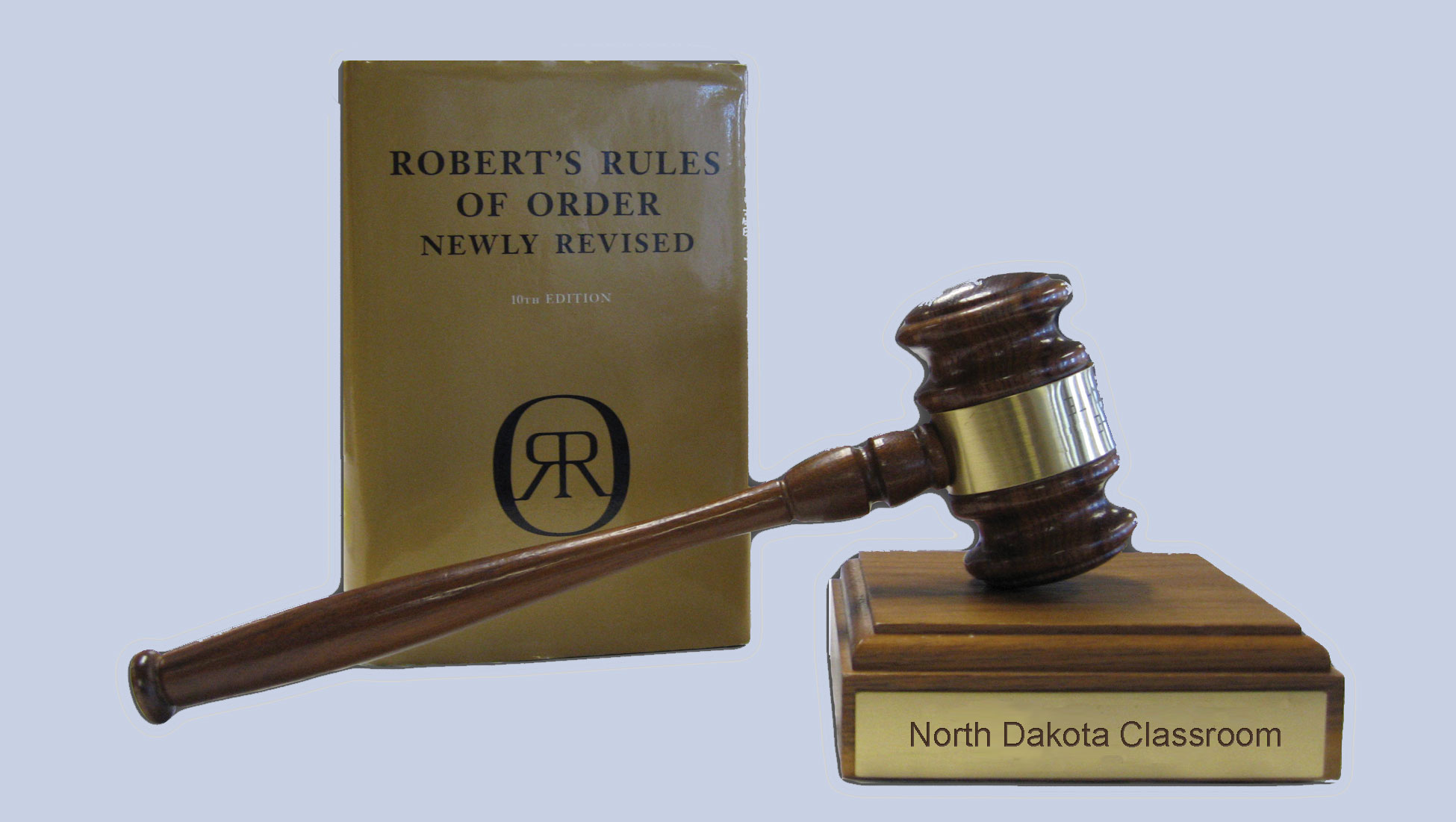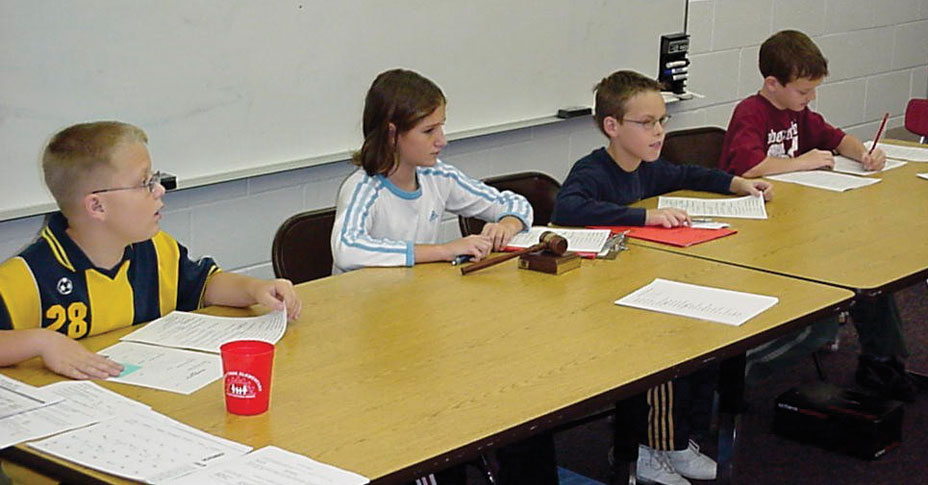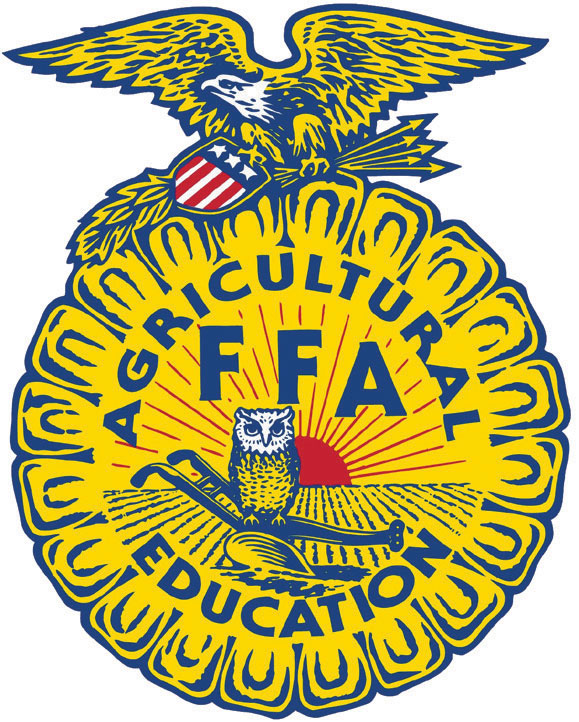Parliamentary procedureSet of rules used by a group to conduct meetings and make fair decisions for the group (par-la-Men-ta-ree pro-See-djur) is a set of rules used by a group to conduct meetings and make fair decisions for the group. Most groups that hold meetings use parliamentary procedure. Examples are the U.S. Congress, the North Dakota Legislative Assembly, tribal governments, city governments, school boards, student councils, Future Farmers of America (FFA), and other clubs and organizations.
Robert’s Rules of Order
The most common set of parliamentary guidelines is found in a handbook called Robert’s Rules of Order.Most common set of parliamentary guidelines This book was first written by Henry Robert in 1876, but it has been updated many times since then. It is used more than any other parliamentary rule book in the United States. It is important for everyone to know the basic rules of this system because most groups that hold meetings follow some form of Robert’s Rules of Order.
The purpose of following parliamentary procedure at a meeting is to make sure that everyone has chance to be heard and to participate in making decisions. Robert’s Rules of Order may be adjusted to fit the needs of any organization. Groups such as Congress and the Legislative Assembly will follow the more strict rules in Robert’s Rules of Order, but a small group may use a simpler form of this system.

Figure 43. Robert’s Rules of Order explains how meetings are to be conducted.
Officers

Figure 44. This class of students is conducting a class meeting. These four students include the president, vice president, secretary, and treasurer of the class.
Organizations have officers who perform special duties. The most common officers are president, or chair; vice-president, or vice-chair; secretary; and treasurer.
The organization needs to have an election in order to choose the officers. It must be decided ahead of time how long the officers will serve.

Figure 45. Future Farmers of America (FFA) was founded in Kansas City, Missouri in 1928. The FFA is known for following good parliamentary procedure during meetings. Many North Dakota schools have FFA chapters. (ND FFA)
The president, or chair,• Person who presides over the meeting
• President presides over the meeting. This means that he or she calls the meeting to order, recognizesCall on members who are entitled to speak, announces motions, and calls for votes. The chair must always make sure that the meeting is conducted in a courteous and fair manner. The vice-chair• Presides when the chair is absent
• Vice president presides when the chair is absent.
The secretaryOfficial record keeper" is the official record keeper of the organization. The secretary takes notes about what goes on at the meeting. After the meeting is over, he or she writes a report from these notes. At the next meeting, the secretary will read this report, which is called the minutesReport about what goes on at a meeting of the meeting. In meetings of large groups, the minutes may be handed out to the members rather than being read by the secretary.
If the organization has dues or collects money, the treasurerPerson in charge of the money of a group or organization is in charge of the funds. At each meeting, he or she gives a report of how much money is in the treasury.
Organizations or classes may also have committees that work toward certain goals. Committees are usually made up of members who have volunteered to serve on the committee.


